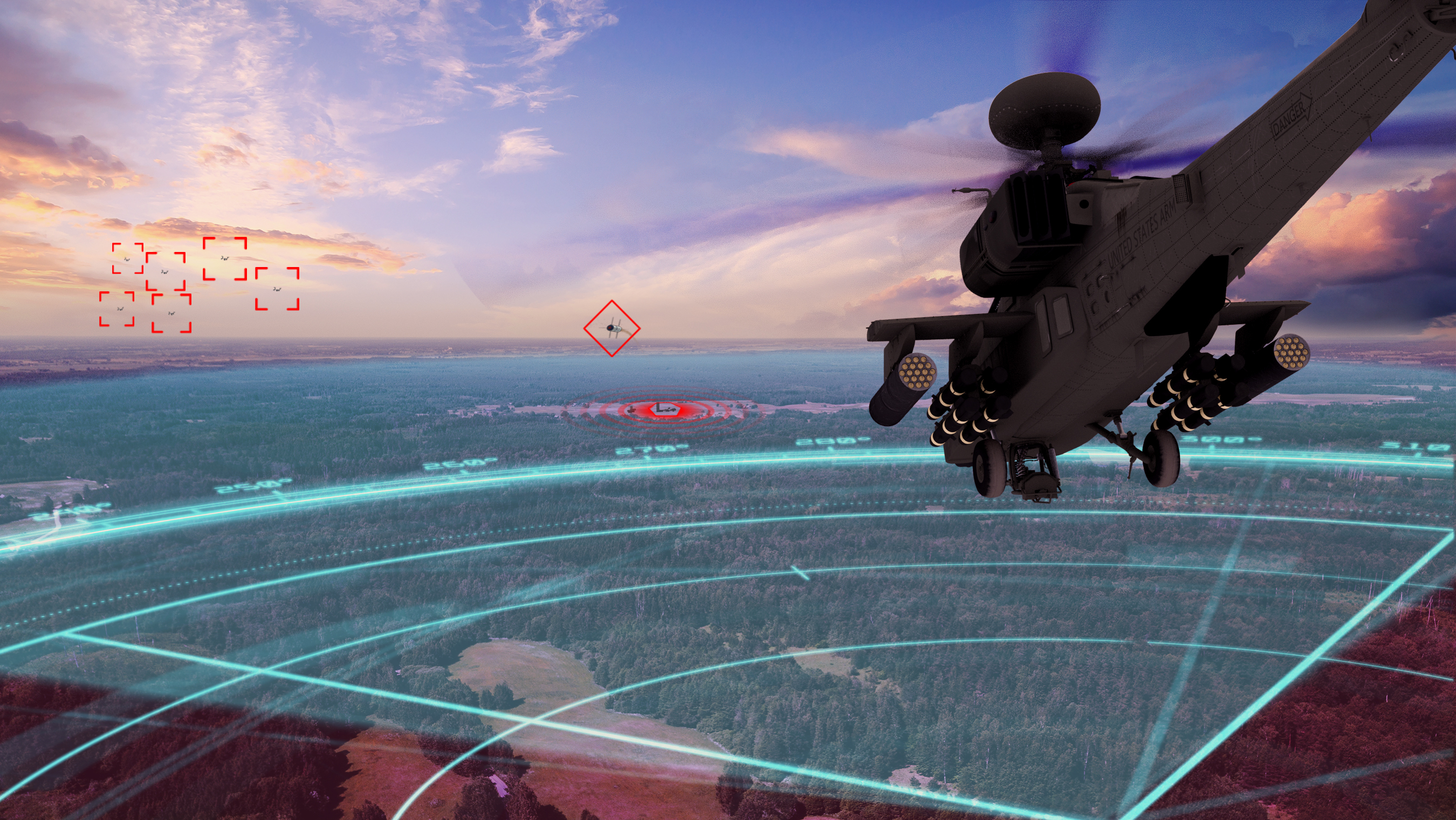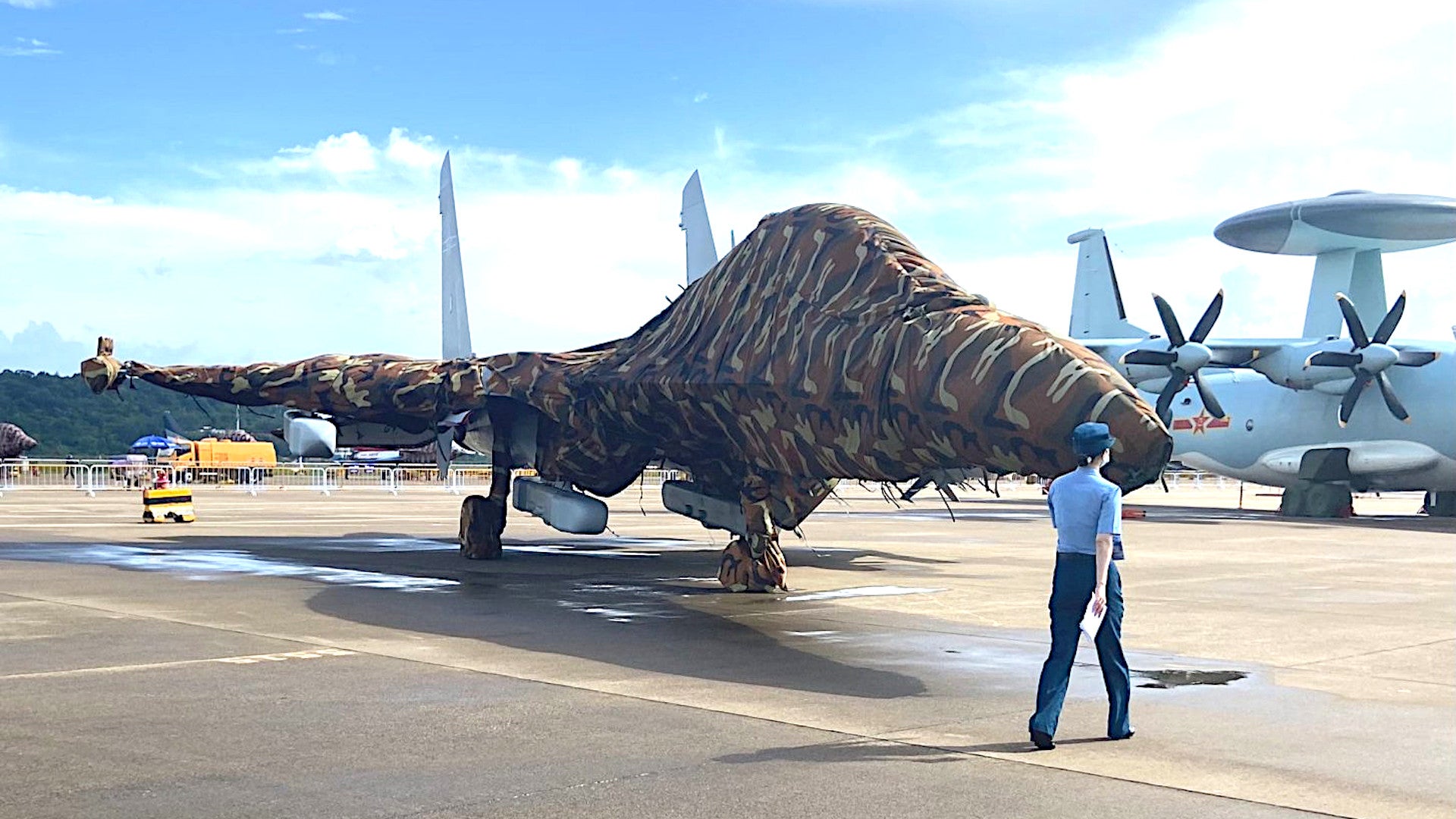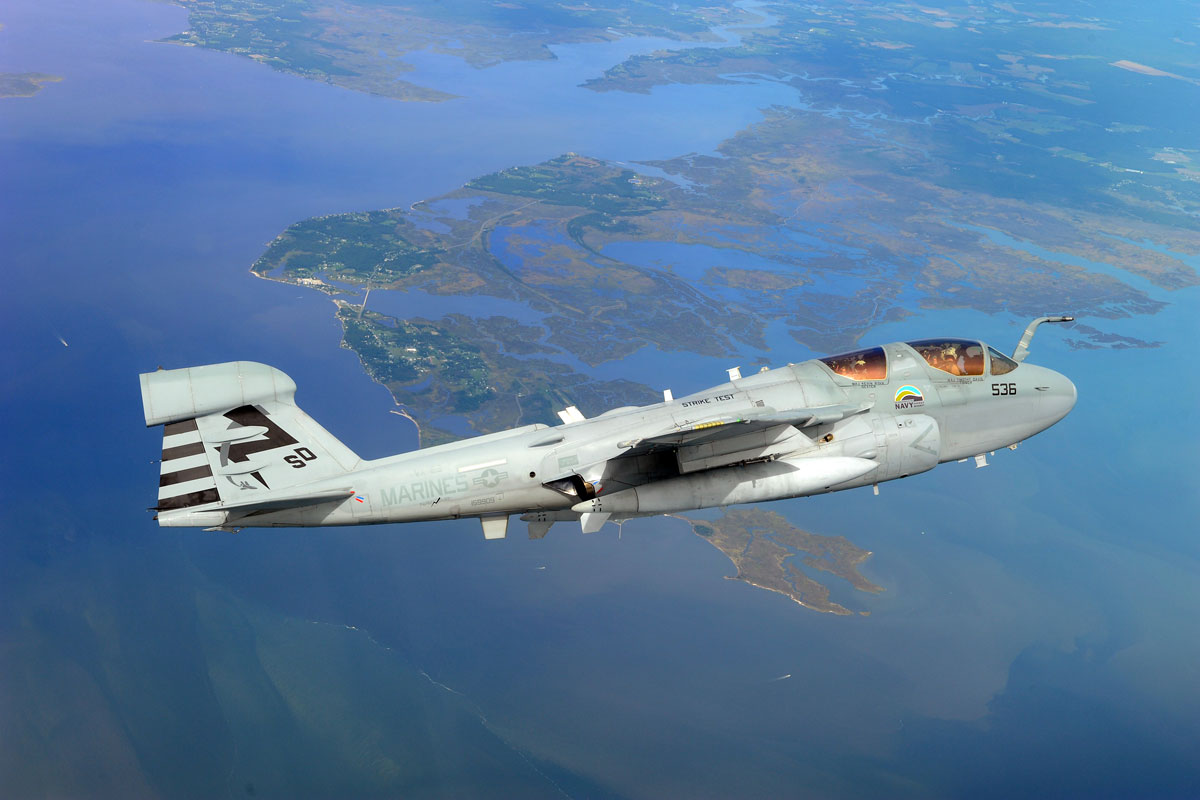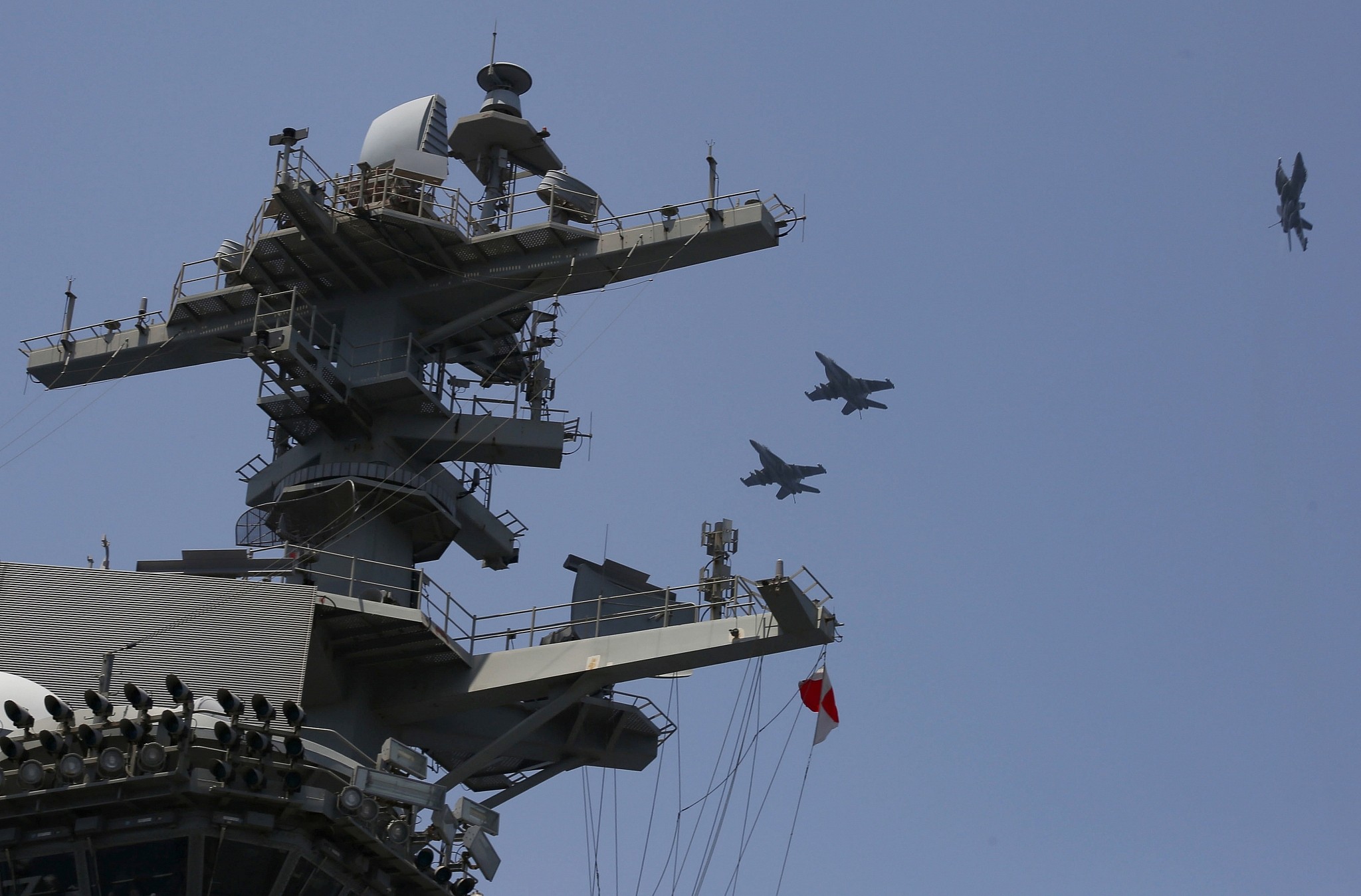Radar Jamming Aircraft - One of the external visual characteristics is the wingtip air-to-air missiles on the F/A-18 Super Hornet are normally replaced by wideband receiver pods on the EA-18 Growler while other hardpoints carry a mix of electronic warfare pods and weapons.
The SDD program concluded with initial operational capability in late 2009, when the first of ten electronic attack squadrons (VAQ) began EA-18G operations. In service, the aircraft carries out a range of missions, including stand-off and escort jamming, surveillance, and strike.
Radar Jamming Aircraft

The Defense Security Cooperation Agency of the US Department of Defense (DOD) approved the sale of one EA-18G Growler Aircraft and related equipment worth $125m to the Government of Australia in September 2021. The new aircraft will replace the country's EA-18G A46
Ea-G And F/A-F Design
-311 aircraft lost in an accident at Nellis Air Force Base. The EA-18G Growler aircraft is a derivative of the F/A-18F Super Hornet, based on the Super Hornet platform, with structural changes and the installation of avionics and mission systems, increasing the empty weight by 800kg to 15,000kg and carrier landing
weight by 1,350kg to 21,775kg. The two-seat cockpit has the pilot crew station and electronic warfare officer’s advanced crew station. The advanced crew station is equipped with a touch-screen liquid crystal display (LCD) mission systems control and display, 203mm x 23mm (8in x 10in) full-colour tactical LCD, and two multipurpose 127mm x 127mm (5in²) LCDs.
The displays have tactical aircraft moving map capability (TAMMAC). The AN/ALQ-218(V)2, developed by Northrop Grumman Electronic Systems, is a variant of the Improved Capabilities (ICAP) III system deployed on the USN's EA-6B Prowler aircraft. The system's antennas are located on the port and starboard sides of the nose, engine bays, wingtip pods, and aft of the cockpit, providing 360° azimuthal cover.

The passive countermeasures system provides threat detection, identification and location. A support jammer differs from a self-protection jammer in a few ways. It provides higher ERP to cover a dispersed formation of strike aircraft from being detected and tracked by radars.
Growler Cockpit
It also will typically focus on defeating the lower-frequency early warning radars and surveillance radars in an enemy integrated air defense system (IADS), as well as using communications jammers to disrupt the C2 links between the radars.
A support-jamming aircraft typically features an advanced electronic support measures (ESM) system to detect, identify and geolocate enemy radars at a much longer distance than a radar warning receiver (RWR) or ESM system that cues a self-protection jammer.
The block 1 Growler is fitted with up to three AN/ALQ-99 radar jamming pods, together with an AN/ALQ-218(V)2 receiver and Raytheon AN/ALQ-227 communications countermeasures system, both of which are mounted in the bay previously designated as the F/A-18 Hornet aircraft's gun bay.
The aircraft has retractable tricycle-type landing gear. The Menasco main landing gear is single-wheeled and turns through 90° to retract rearward into the wheel bays mounted in the engine air ducts. The aircraft has a Messier-Dowty twin-wheel nose gear.

Engines And Performance Of Ea-G Growler
The nose of the aircraft is fitted with a catapult launch tow bar. An arrester hook is installed under the rear section of the fuselage. The aircraft construction includes a light alloy multi-spar wing as well as high-strength graphite and epoxy panels and doors.
The major contractor Northrop Grumman manufactures the rear and center fuselage sections while EADS CASA is responsible for the manufacture of structural components, such as the fuselage rear side panels, horizontal tail surfaces, flaps, leading-edge extensions, rudders and speed brakes.
The next column describes installed receiver sensitivity, which defines the ability of the radar jammer to detect the radar signal and provide necessary jamming techniques. Lower installed sensitivity generally translates into greater detection range. Because a support jammer usually operates outside of a threat's lethal range, the ESM receiver typically requires more sensitivity to detect the radar signals.
Note that sensitivity has to be balanced with the jammer ERP to prevent interference between the jammer's receive and transmit paths. EA-18G Growler is the most advanced airborne electronic attack (AEA) aircraft, capable of operating either from an aircraft carrier or from land bases.
The Growler was developed as a replacement for the US Navy EA-6B Prowler aircraft, which entered service in 1971 and retired in March 2019. In strike configuration, the Growler is armed with two each of AGM-88 HARM missiles, AGM-154 JSOW joint stand-off weapon (block 2 aircraft) and AIM-120 air-to-air missiles.

While carrying out active transmitting jamming, the Block 2 aircraft has the ability to hand off-target data to other airborne, land or surface attack platforms. In the survey table, the first two parameters are the jammer’s configuration (internal or podded) and the type of jammer – self-protection jammer or support jammer.
The next column lists the operational frequency range. Some surveillance radars, for instance, operate in the lower portions of the VHF band, while others can go up to approximately 6 GHz. This is a wide frequency range, and it addresses just one type of radar.
As radar technology improves, the frequency for each type of radar is expanding and jammers must follow suit. Naval Air Systems Command PMA-265 is the USN acquisition office for the EA-18G. The Boeing Company is the prime contractor and weapon system integrator.
Boeing also leads the EA-18G Growler industry team. Northrop Grumman is the main subcontractor and airborne electronic attack subsystem integrator. The interleaved radar modes include real beam-mapping mode and synthetic aperture radar mode with air-to-air search, air-to-air tracking, sea surface search, and ground moving target indication and tracking.
The radar has an advanced four-channel receiver-exciter, which provides wide bandwidth capability and the ability to generate a wide range of waveforms for electronic warfare, as well as air-to-air and air-to-ground operation. It also has the ability to operate in multiple air-to-air and air-to-ground modes simultaneously.

The AN/ALQ-99 jammer fitted on the block 1 Growler is supplied by the EDO Corporation. The AN/ALQ-99 receivers are installed in the tail of the aircraft and the AN/ALQ-99 pod houses the exciters and high radiated power jamming transmitters.
Until recently, the roles (and designs) of self-protection jammers and support jammers were fairly distinguishable. However, with the advent of gallium nitride-powered ASEA jammers that can deliver greater ERP in a focused beam, the newer self-protection jammers installed on a strike aircraft can deliver enough energy at a distance to play a limited support jamming role.
In addition, some of the latest AESA radars on fighter aircraft, for instance, can provide self-protection jamming in select frequencies. The point here is that some of the traditional distinctions between a self-protection jammer, a support jammer and a radar are beginning to blur.
The advanced tactical APG-79 Active Electronically Scanned Array (AESA) radar provides air-to-air and air-to-ground capability with detection, targeting, tracking and protection modes. The radar is supplied by Raytheon Space and Airborne Systems at El Segundo, California.
Our technology survey this month looks at airborne radar jamming systems. Airborne radar jammers are typically categorized as either self-protection jammers or support jammers. Self-protection jammers, as their name implies, are designed to protect the host aircraft by jamming air defense radars that are in the middle-to-late stages of the targeting and engagement process, such as performing target acquisition, target tracking or fire control

for either a missile or an anti-aircraft artillery battery. These jammers, which typically feature an operating range from around 1 GHz up to 20 GHz, use a combination of denial and deception techniques that prevent the radar from tracking the target aircraft.
The Growler is powered by two F414-GE-400 after-burning turbofan engines with 44,000lbs thrust supplied by General Electric. A titanium engine firewall is incorporated into the aircraft structure. The engines are rated to supply 62kN or 98kN with afterburn.
ERP, or effective radiated power, defines the maximum output power of the jamming system. As discussed earlier, the ERP of a self-protection jammer is usually lower than the ERP of a support jammer. For self-protection jammers, the ERP figure is a balance between the radar cross section of the host aircraft and the detection range of the threat radar system.
The jammer must generate jamming power that is greater than the reflected signal from the aircraft (RCS). The last few columns describe the size, weight, and additional features of each radar jammer. ♦ The Growler aircraft's first test flight was successfully completed in August 2006. This was followed by delivery of the first two test aircraft to the USN in September and November 2006. The first production aircraft was delivered to the USN in September 2007.
The system enables the pilot to accurately direct or cue the weapons against enemy aircraft while performing maneuvers. The pilot points his or her head at the target and weapons are directed to the target. Aircraft and mission data, such as targeting cues and aircraft performance parameters, are displayed directly on the pilot's visor.
The Growler is a derivative of the combat-proven two-seat F/A-18 Hornet, the US Navy’s maritime strike aircraft. The primary missions of the aircraft are electronic attack (EA) and suppression of enemy air defenses (SEAD), particularly at the start and ongoing early stages of hostilities.
Boeing was awarded a contract to deliver 12 Growlers to the Royal Australian Air Force (RAAF) under a foreign military sales agreement with the USN in June 2014. The aircraft achieved initial operational capability in April 2019 and are currently operated by the RAAF.
Australia is the first country outside the US to operate the EA-18G Growler aircraft.
radar jamming and deception, types of radar jamming, radar jamming planes, electronic jamming aircraft, radar jamming techniques, air force electronic warfare aircraft, military radar jamming, how does radar jamming work